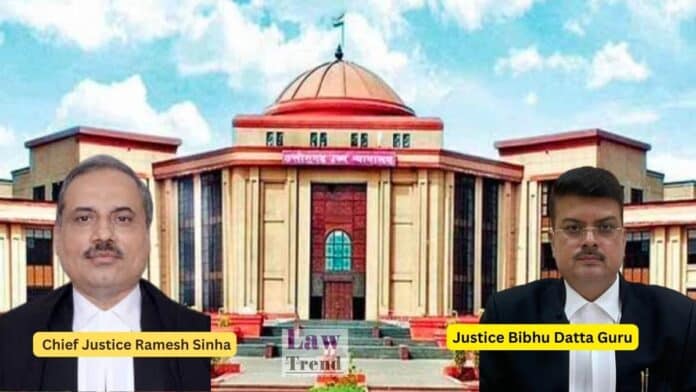The Chhattisgarh High Court at Bilaspur has dismissed four criminal appeals filed by nine convicts, upholding their convictions and life sentences for gangrape of two minor Dalit sisters. The Division Bench of Chief Justice Ramesh Sinha and Justice Bibhu Datta Guru emphasized that under joint liability principles, all members of a group sharing common intention
To Read More Please Subscribe to VIP Membership for Unlimited Access to All the Articles, Download Available Copies of Judgments/Order, Acess to Central/State Bare Acts, Advertisement Free Content, Access to More than 4000 Legal Drafts( Readymade Editable Formats of Suits, Petitions, Writs, Legal Notices, Divorce Petitions, 138 Notices, Bail Applications etc.) in Hindi and English.




